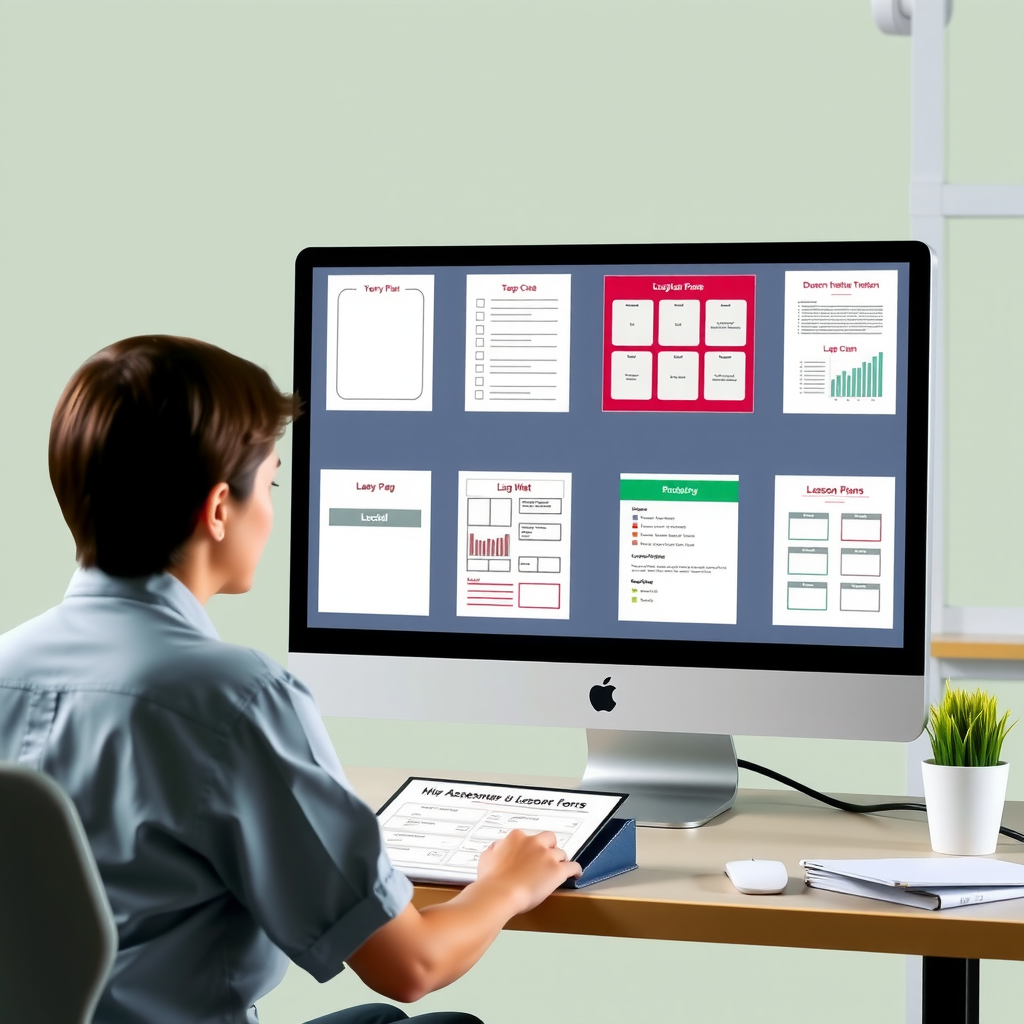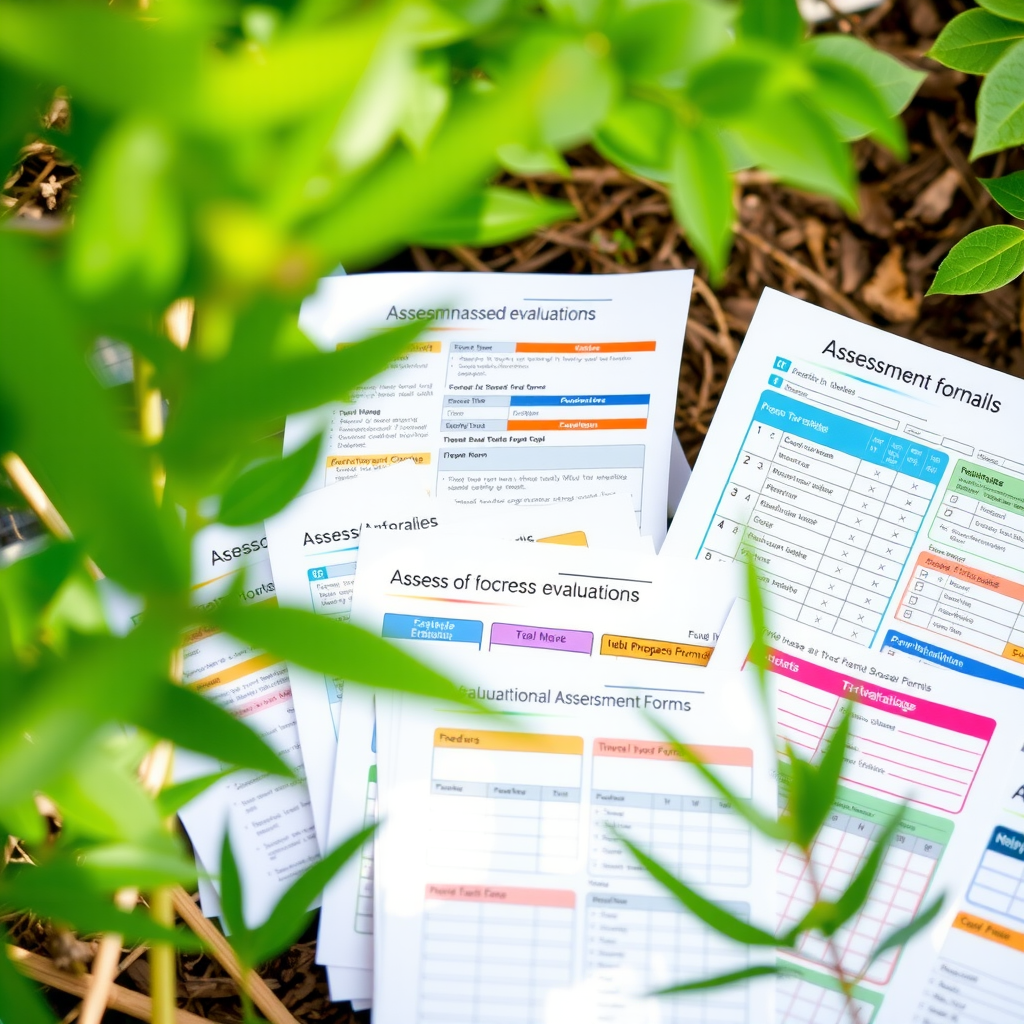
Schools and universities are increasingly turning to digital template platforms to create standardized educational materials. This comprehensive report examines how educators are utilizing printable forms and customizable documents to enhance classroom organization, student assessment, and administrative processes across different academic levels.
The Digital Transformation in Education
The educational landscape has witnessed a remarkable shift towards digital solutions that complement traditional teaching methods. Educational institutions worldwide are discovering the benefits of using platforms like Euroblank to streamline their document creation processes. These digital template platforms offer educators the flexibility to create professional, standardized materials that can be easily customized for different subjects and grade levels.
Teachers report significant time savings when using pre-designed templates for lesson plans, assessment forms, and student worksheets. The ability to quickly modify existing templates allows educators to focus more on content delivery and student engagement rather than spending hours on document formatting.

Standardization Across Academic Levels
One of the most significant advantages of digital template platforms is the ability to maintain consistency across different academic levels. Elementary schools are using printable resources to create engaging worksheets that help young learners develop fundamental skills. Middle schools leverage customizable forms for project planning and peer assessment activities.
Higher education institutions have found particular value in using standardized templates for research documentation, thesis formatting guidelines, and administrative forms. Universities report improved efficiency in processing student applications, grade reports, and academic transcripts when using consistent template formats.
Enhanced Classroom Organization
Classroom management has been revolutionized through the use of printable organizational tools. Teachers are creating custom attendance sheets, behavior tracking charts, and assignment calendars that align with their specific classroom needs. These materials help maintain structure and provide clear visual references for both educators and students.
"The availability of customizable educational templates has transformed how we approach lesson planning and student assessment. We can now create professional-looking materials in minutes rather than hours."
Student Assessment Innovation
Assessment methods have evolved significantly with the integration of printable resources. Educators are designing custom rubrics, self-evaluation forms, and peer review sheets that provide more comprehensive feedback to students. These tools enable more detailed tracking of student progress and help identify areas where additional support may be needed.

The flexibility of digital templates allows teachers to adapt assessment criteria based on specific learning objectives and student needs. This personalized approach to evaluation has shown positive results in student engagement and academic performance across various subjects.
Administrative Process Improvements
Beyond classroom applications, educational institutions are streamlining their administrative processes through standardized document templates. Registration forms, permission slips, and communication letters now maintain consistent branding and formatting across all school communications.
Administrative staff report reduced processing time for routine paperwork and improved communication with parents and students. The professional appearance of standardized documents has also enhanced the overall image and credibility of educational institutions.
Future Implications and Trends
As educational technology continues to evolve, the integration of printable resources with digital learning platforms is expected to expand further. Institutions are exploring ways to combine traditional printed materials with interactive digital elements, creating hybrid learning experiences that cater to different learning styles.
The trend toward personalized education is driving demand for more customizable template options. Educators are seeking resources that can be easily modified to accommodate diverse student populations and varying curriculum requirements.
Key Benefits Identified
- Significant time savings in document creation
- Improved consistency across educational materials
- Enhanced professional appearance of school documents
- Better organization and classroom management
- More effective student assessment methods
- Streamlined administrative processes
The adoption of digital template platforms represents a significant step forward in educational efficiency and organization. As more institutions recognize the benefits of standardized, customizable resources, the education sector continues to evolve toward more streamlined and effective teaching and administrative practices.
This transformation demonstrates how technology can enhance traditional educational methods without replacing the fundamental human elements of teaching and learning. The future of education lies in the thoughtful integration of digital tools that support and amplify the work of dedicated educators worldwide.